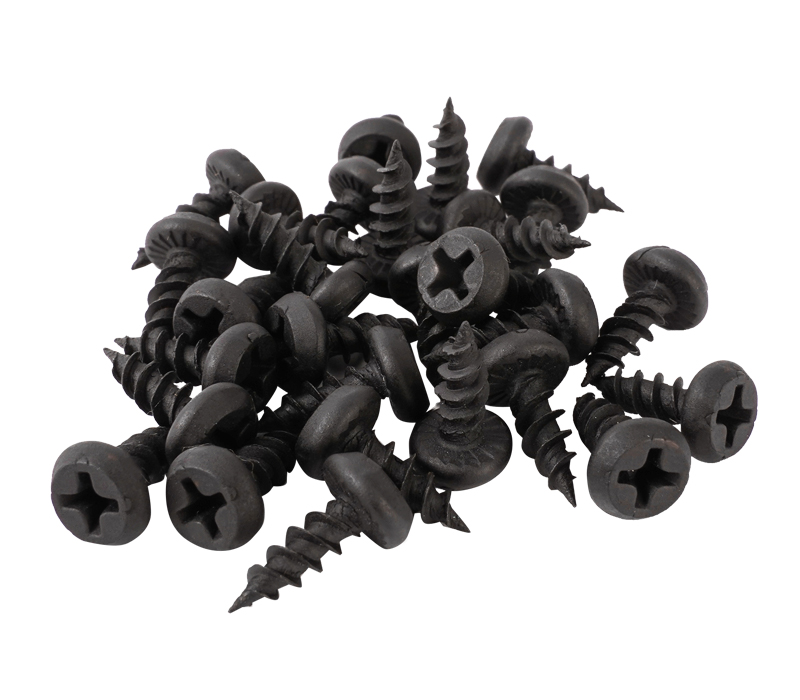What is the reason for the frequent slippage of self-ta […]
What is the reason for the frequent slippage of self-tapping screws at the connection? Improper selection of the hole diameter of the screw may cause slippage. The processing range of the large diameter d1 value of the self-tapping screw is 4.22~4.04mm, and the processing range of the small diameter d2 value is 3.10-2.95mm, so the value of the self-tapping screw hole diameter must fall between 4.22-2.95mm. In order to increase the occlusal force between the screw thread and the steel plate, while considering the impact of the increase in the thickness of the steel plate on the screw penetration resistance, the minimum value of the hole diameter is generally 3.1, and the maximum value is generally 3.5. When the matching hole is too large, the occlusion between the screw thread and the steel plate is too small, and slippage is easy to occur; when the matching hole is too small, the screw is not easy to penetrate, and the screw will break; so for different thickness of steel plates, choose different Only the hole diameter of the screw can avoid the phenomenon of slippage.
Unreasonable screw hole structure design can easily cause slippage. The screw hole structure can be divided into flat holes and flanged holes. Through research, the steel plate with a thickness of less than 1.0mm must be equipped with flanging holes.
The structural defects of the screws can easily cause slippage. The structural defects of screws include thread size and diameter not up to standard, pitch value not up to standard, thread angle not up to standard, unsaturated and incomplete thread, and inverted taper in thread.
The small diameter of the screw with the small diameter unchanged will affect the unilateral occlusion of the screw and the steel plate, and the small diameter of the screw with the large diameter unchanged will also affect the unilateral occlusion of the screw and the steel plate.
The pitch value P of the self-tapping screw is 1.4mm. When this value has a large deviation, it means that the helix is elongated, and the length of the screw "biting" into the steel plate is too short, which will also cause slippage.
The thread angle of the self-tapping screw is 60℃; under the condition of the same size and diameter, the thread is more full and firm when the thread angle is too large, which is beneficial to the occlusion with the steel plate and can increase the screwing torque. But it can't be too big for wireless, so the screw teeth become blunt, which will affect the penetration ability. Generally 60-65° is suitable.
